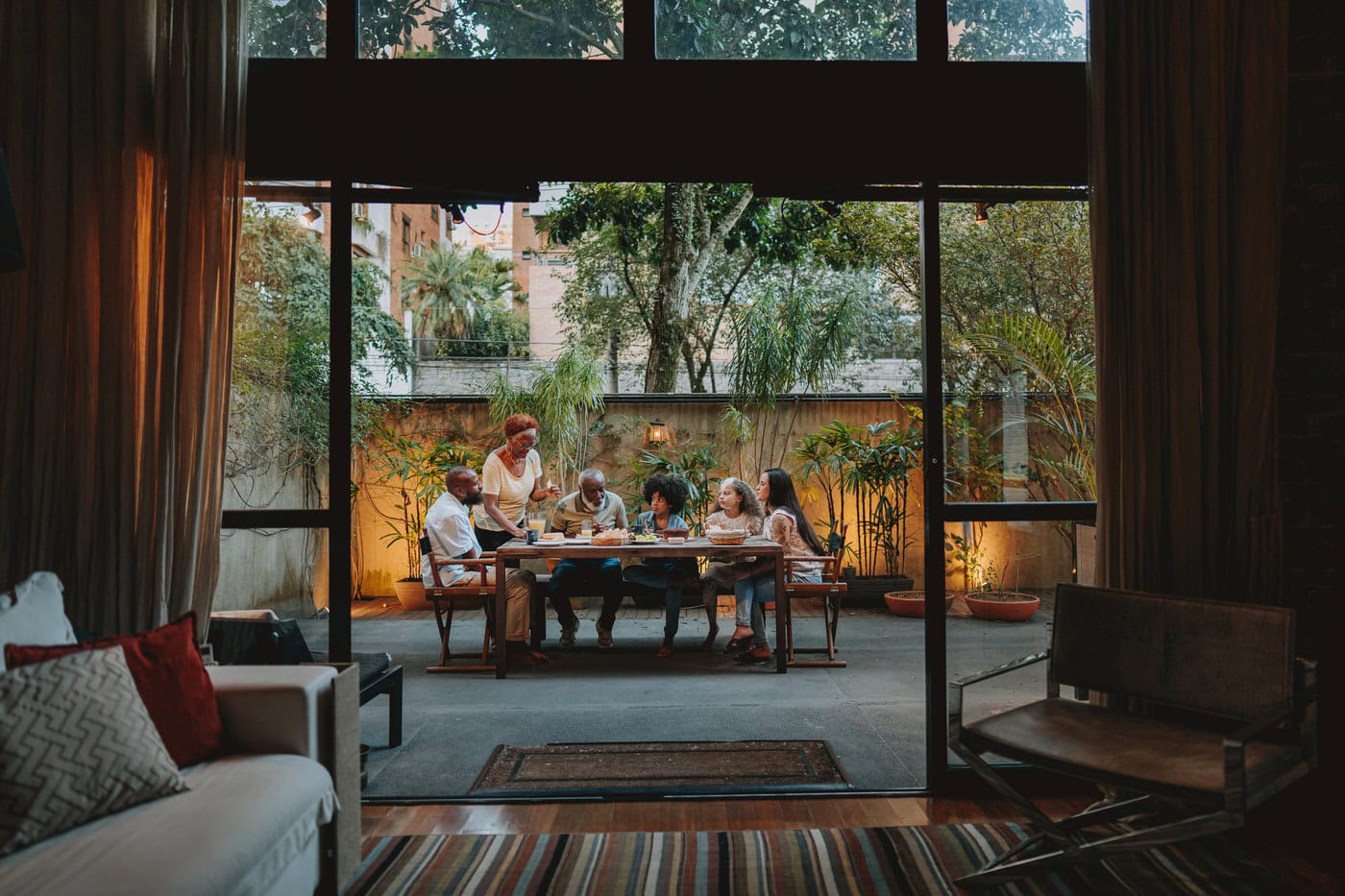The Rising Trend of Multigenerational Living: A Cultural and Economic Shift

While we may not all jump for joy at the thought of living with our In-Laws, multigenerational living, where multiple generations of a family live together in one home, is experiencing a popularity boom in the United States. While this type of living arrangement has been common in other cultures around the world for some time, its growing popularity in the U.S. is reflective of an evolving economic, social, and cultural landscape.
Why Multigenerational Living is Becoming More Common:
Economic Pressures
In recent years, inflation and rising home prices have contributed to affordability challenges, making independent living difficult for many Americans. Sharing living expenses among family members offers a practical solution that can help reduce the financial burden of homeownership.
Aging Population
The aging U.S. population has also contributed to the trend. Many older adults prefer to age in their home while receiving support from their family members. This also helps avoid the often hefty costs associated with long-term care facilities.
Cultural Shifts and Immigration
Immigrant families from Asia, Latin America, and other parts of the world have brought over their cultural traditions of multigenerational living. This has helped to normalize this arrangement and drive broader acceptance among American-born families.
Lingering Pandemic Influence
The COVID-19 pandemic accelerated many trends such as remote work, e-commerce, and yes, even multigenerational living. As families sought closer connections and support networks while navigating health and economic uncertainties, multigenerational living became an attractive solution.
Benefits of Multigenerational Living
Financial Benefits
Pooling incomes can help cover shared expenses, such as mortgage payments, utilities and groceries, which helps ease the financial burden for all members of the household.
Family Support
Living together provides opportunities for caregiving – whether it’s grandparents helping with childcare or adult children assisting elderly parents. This arrangement fosters stronger family bonds.
Emotional Connection
Multigenerational homes often create a feeling of belonging and emotional support. Family members can rely on each other for advice and encouragement.
Cultural Enrichment
Having multiple generations in one household can help preserve cultural traditions, languages, and values by maintaining a close-knit family structure.
Drawbacks of Multigenerational Living
Privacy Concerns
Living with multiple generations under one roof can get crowded and there could be a lack of personal space and privacy if the home is not large enough.
Generational Conflicts
Differences in values, lifestyles, and communication styles can cause tension between family members.
Uneven Financial Contributions
If not carefully managed, unequal financial contributions can create resentment and strain family relationships.
Logistical Issues
Coordinating daily routines, meal times, and household responsibilities can be challenging in a multigenerational setup.
The Future of Multigenerational Living in the U.S.
As housing affordability remains a challenge and the need for family support grows, the popularity of multigenerational living is likely to continue rising. Homebuilders are already responding to the trend by designing homes with separate entrances, second kitchens, and flexible living spaces to accommodate large families.
For many families, this arrangement offers a way to reduce their cost of living while rediscovering the benefits of having a close-knit family. With careful planning and open communication, a multigenerational living arrangement can be successful and offer a blend of support, connections, and shared resources.
Is your family interested in exploring multi-generational living? Connect with a Summit Loan Officer to discuss your home-financing options.


